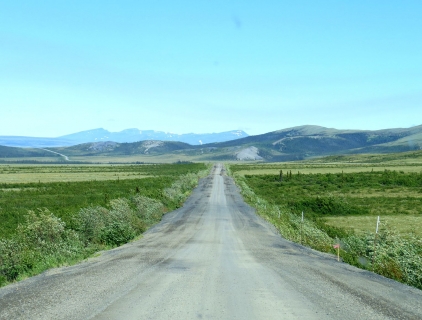Fort Simpson Precipitation: Average Monthly Rainfall and Snowfall
This graph shows the average amount of rainfall per month in Fort Simpson (Northwest Territories). The numbers are calculated over a 30-year period to provide a reliable average.
- Fort Simpson has dry periods in January, February, March, April, November and December.
- On average, July is the wettest month with 65 mm of precipitation.
- On average, March is the driest month with 16 mm of precipitation.
- The average amount of annual precipitation is 408 mm.
Current rainfall in Fort Simpson
clear and no rain
overcast and snow
almost clear and no rain




